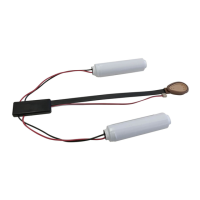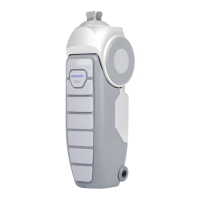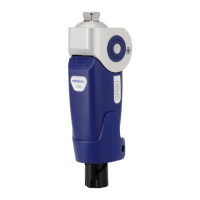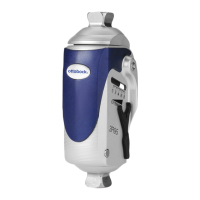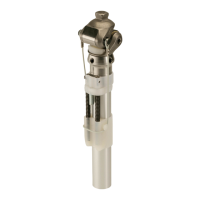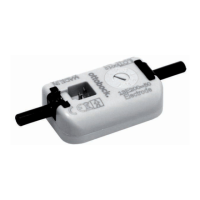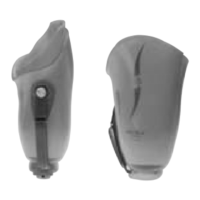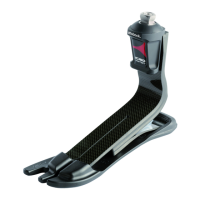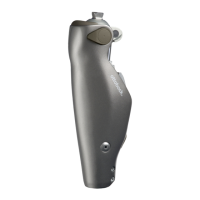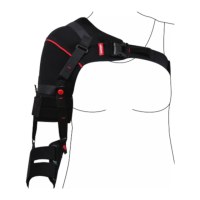44 | Ottobock Helix
4 Gait training
Prosthesis wearers can optimally benet from the Helix
3D
Hip Joint's features only if they are properly instructed
and trained in walking. The following aspects are especially important for the gait training:
1. The prosthesis wearer walks with the hip joint exed at heel strike; during the stance phase, the hip joint
is then extended controlled by resistance.
Unlike with conventional hip joints, the prosthesis wearer does not have to perform quick backward tilt of the pel-
vis. Hip joint extension can be controlled by resistance during the entire stance phase thereby reducing abrupt
backward tilt of the pelvis upon weight bearing. Especially to experienced prosthesis wearers this is unfamiliar in
the beginning and has to be practiced consciously.
2. The expansion springs facilitate initiation of the swing phase. Pelvic tilt can therefore be reduced.
Inform the prosthesis wearers that they have to perform only signicantly reduced pelvic tilt to swing the prosthe-
sis forward, because the Helix
3D
Hip Joint is brought into exion by the expansion springs. The prosthesis wearer
must learn how far the prosthetic foot swings forward when the prosthesis is lifted by the expansion springs. This
is very important especially for waking down stairs, in order to be able to precisely place the foot.
5 Additional information
5.1 Technical information
Sides Right (R), Left (L)
Proximal connection Lamination plate
Distal connection Pyramid adapter
Max. exion angle 130°
Weight of the joint 990 g
Weight of connection technology 275 g
System height 146 mm
Material Aluminium
Mobility Grade 2 + 3
Max. body weight 100 kg
Operating and storage temperature range -10 °C to +60 °C
5.2 Symbols on the hip joint
Declaration of conformity according to the European Directive for Medical Devices 93/42/EEC.
5.3 Legal information
All legal conditions are subject to the respective national laws of the country of use and may vary accordingly.
5.3.1 Liability
The manufacturer will only assume liability if the product is used in accordance with the descriptions and instruc-
tions provided in this document. The manufacturer will not assume liability for damage caused by disregard of
this document, particularly due to improper use or unauthorised modication of the product.
5.3.2 CE conformity
This product meets the requirements of the European Directive 93 / 42 / EEC for medical devices. This product
has been classied as a class I device according to the classication criteria outlined in Annex IX of the direc-
tive. The declaration of conformity was therefore created by the manufacturer with sole responsibility according
to Annex VII of the directive.
